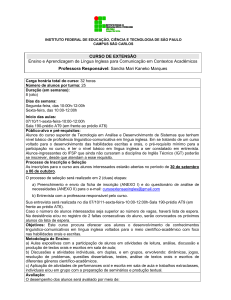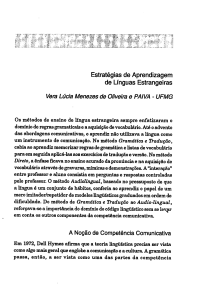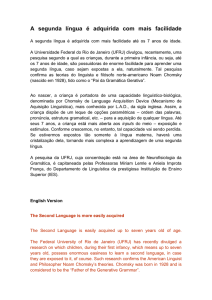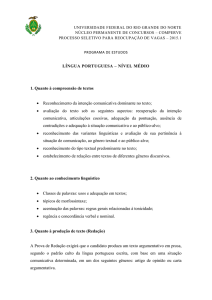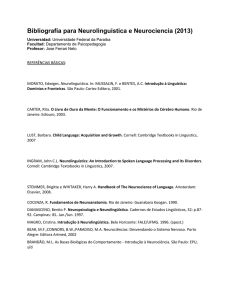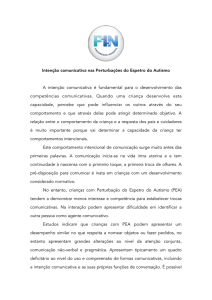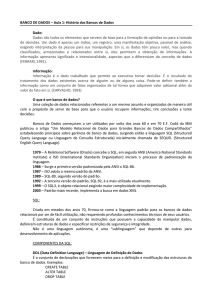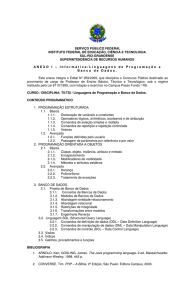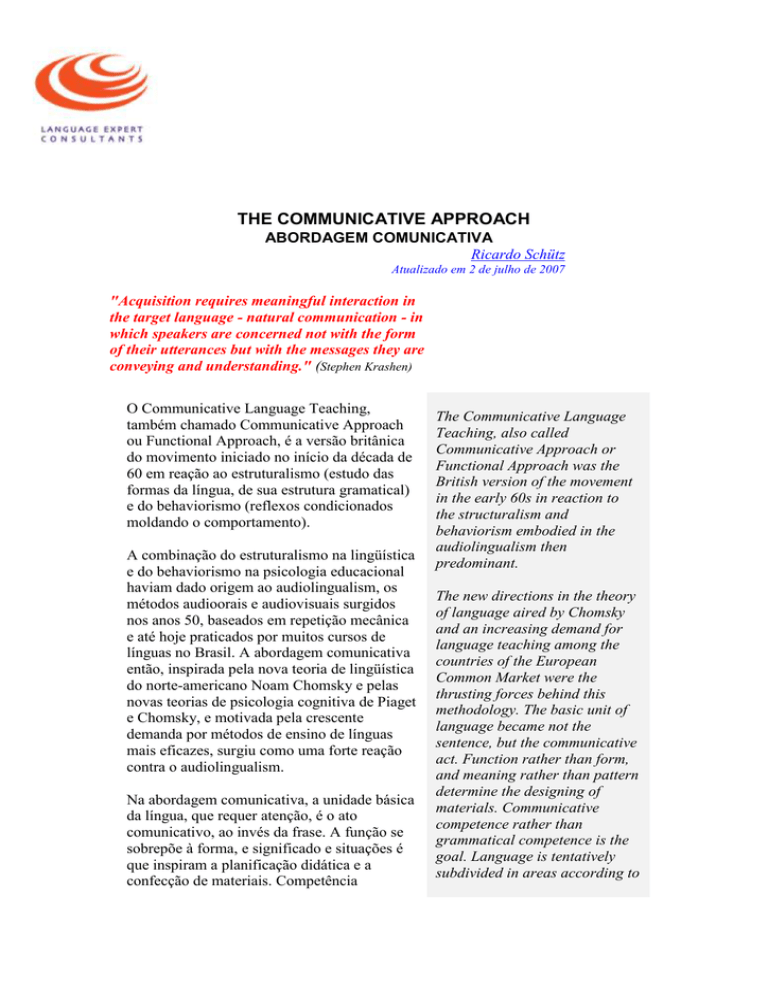
THE COMMUNICATIVE APPROACH
ABORDAGEM COMUNICATIVA
Ricardo Schütz
Atualizado em 2 de julho de 2007
"Acquisition requires meaningful interaction in
the target language - natural communication - in
which speakers are concerned not with the form
of their utterances but with the messages they are
conveying and understanding." (Stephen Krashen)
O Communicative Language Teaching,
também chamado Communicative Approach
ou Functional Approach, é a versão britânica
do movimento iniciado no início da década de
60 em reação ao estruturalismo (estudo das
formas da língua, de sua estrutura gramatical)
e do behaviorismo (reflexos condicionados
moldando o comportamento).
A combinação do estruturalismo na lingüística
e do behaviorismo na psicologia educacional
haviam dado origem ao audiolingualism, os
métodos audioorais e audiovisuais surgidos
nos anos 50, baseados em repetição mecânica
e até hoje praticados por muitos cursos de
línguas no Brasil. A abordagem comunicativa
então, inspirada pela nova teoria de lingüística
do norte-americano Noam Chomsky e pelas
novas teorias de psicologia cognitiva de Piaget
e Chomsky, e motivada pela crescente
demanda por métodos de ensino de línguas
mais eficazes, surgiu como uma forte reação
contra o audiolingualism.
Na abordagem comunicativa, a unidade básica
da língua, que requer atenção, é o ato
comunicativo, ao invés da frase. A função se
sobrepõe à forma, e significado e situações é
que inspiram a planificação didática e a
confecção de materiais. Competência
The Communicative Language
Teaching, also called
Communicative Approach or
Functional Approach was the
British version of the movement
in the early 60s in reaction to
the structuralism and
behaviorism embodied in the
audiolingualism then
predominant.
The new directions in the theory
of language aired by Chomsky
and an increasing demand for
language teaching among the
countries of the European
Common Market were the
thrusting forces behind this
methodology. The basic unit of
language became not the
sentence, but the communicative
act. Function rather than form,
and meaning rather than pattern
determine the designing of
materials. Communicative
competence rather than
grammatical competence is the
goal. Language is tentatively
subdivided in areas according to
comunicativa passa ser o objetivo em vez do
acúmulo de conhecimento gramatical ou da
estocagem de formas memorizadas.
Sem dúvida, a abordagem comunicativa
representa uma evolução inteligente em
direção a um ensino-aprendizado de línguas
mais humano e centrado nos interesses do
aprendiz. É a abordagem comunicativa que
inspira os métodos hoje mais eficazes. Serão
entretanto menos eficazes esses métodos se
limitarem-se a atividades tipo role-play
artificializadas em sala de aula. Serão, isto
sim, mais eficazes se proporcionarem
familiarização, construção e aquisição de
habilidades comunicativas através de
interação humana, de situações reais de
comunicação em ambientes multiculturais.
functionality.
In my opinion the CLT was an
intelligent move towards a more
humanistic and learner-centered
approach, eventually leading to
language acquisition through
bicultural human interaction. It
will be less effective however if
it provides only the artificial
role-playing activities in a
traditional classroom setting.

